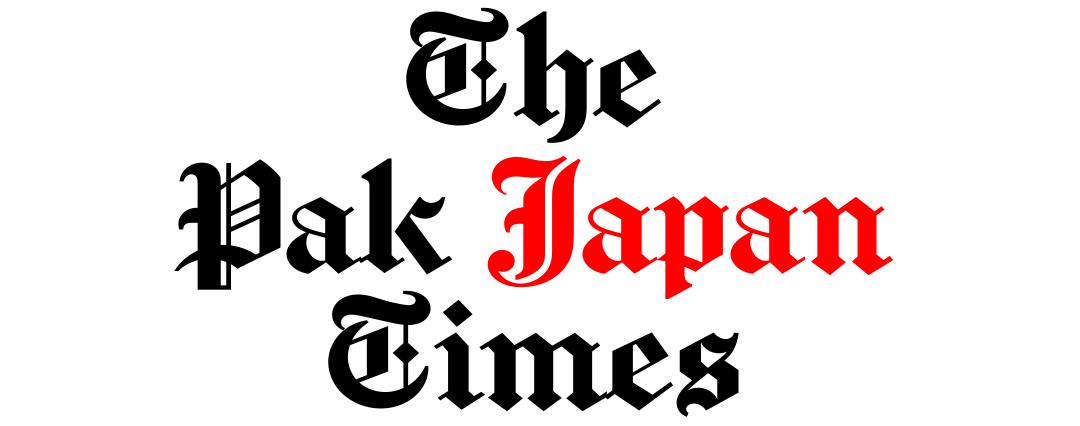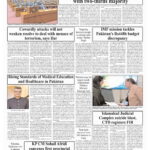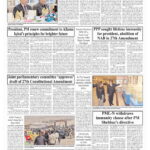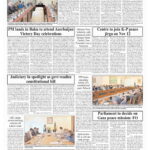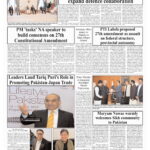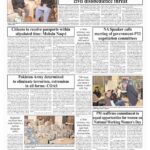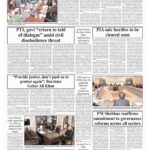By Dr Ali Farhan Razi
Pakistan’s healthcare sector has witnessed a remarkable transformation over the past decade. Once struggling with limited infrastructure and uneven access to medical services, the country is now steadily moving toward a stronger and more modern healthcare system. At the heart of this progress lies the continuous improvement in medical education, which has become a foundation for advancing the quality of healthcare across the nation.
In recent years, the number of medical colleges and universities in Pakistan has increased significantly. More importantly, these institutions are now focused on improving the quality of education rather than merely expanding in quantity. The Pakistan Medical and Dental Council (PMDC) and the Higher Education Commission (HEC) have introduced new standards to ensure academic excellence. These reforms emphasize qualified faculty, modern curricula, and advanced training systems that align with international medical education practices.
Today’s medical students in Pakistan are no longer confined to traditional methods of learning. They have access to digital laboratories, clinical simulators, and advanced research opportunities that help them understand practical medicine in real-world settings. Institutions in major cities such as Karachi, Lahore, Islamabad, Peshawar, and Quetta are adopting global best practices in medical teaching and clinical training. Some of these institutions have even earned recognition in regional and international rankings, reflecting Pakistan’s growing academic credibility in the medical field.
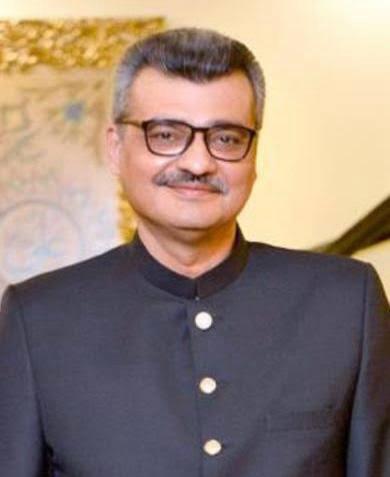
One of the strongest indicators of progress is the global recognition of Pakistani medical graduates. Thousands of doctors trained in Pakistan are serving in the United Kingdom, the United States, the Middle East, and Japan, where they are respected for their skill, commitment, and professionalism. This international presence speaks volumes about the rising standards of Pakistan’s medical education system and its ability to produce doctors capable of competing on a global scale.
Government initiatives have also played a vital role in strengthening healthcare delivery. The introduction of universal health insurance programs such as the Sehat Card, the construction of new hospitals, and the establishment of nursing and paramedical training institutes represent major steps toward a more inclusive healthcare system. Meanwhile, the private sector continues to contribute by investing in technologically advanced hospitals and medical research centers, filling critical gaps in specialized care and innovation.
However, challenges remain. Many rural areas still suffer from inadequate healthcare facilities, a shortage of doctors, and limited access to diagnostic technologies. Bridging this urban-rural healthcare divide is essential to achieving equitable progress. Continuous investment in medical research, better incentives for healthcare workers, and strong public-private partnerships will be crucial to sustaining the positive momentum.
Pakistan’s medical education and healthcare system are on a promising path. The blend of young talent, institutional reform, and technological advancement is creating a more resilient and modern healthcare framework. With consistent effort and policy continuity, Pakistan is well-positioned to become one of the leading healthcare and medical education hubs in the region — a country where the healing hands of doctors trained at home continue to bring pride both domestically and abroad.
